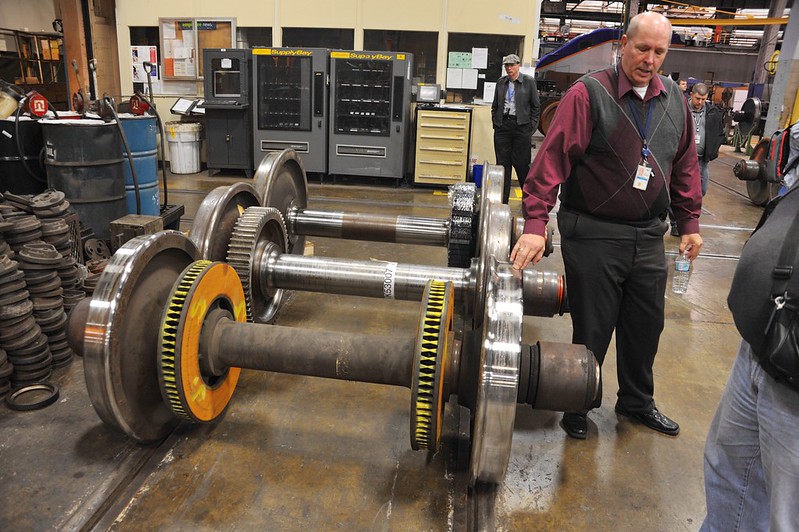afigg, thanks for the correct info regarding top speeds for the ACS-64. I had seen the 135 mph number tossed around and I thought, incorrectly, that it may end up being a top speed in the future. I am pretty happy just seeing new locomotives that could do British Rail InterCity speeds, i.e. 125 mph or 201 kph.
I would love to see Amtrak doing 220 mph but given the facts on the ground, maybe getting a substantial portion of the western LD routes up to 125 mph is as good as it gets for the next 10 years. Getting the average (for the entire trip) speed of many of the western routes up above 75 mph would be a huge achievement. Increase the average speed, then increase the amount of sleeper cars, then increase the amount of trips per day, and increase the speed again... Repeat if possible. It would be cool if it would happen, but it would probably require a long term, guaranteed revenue stream, which is hard to envision.
I am glad Amtrak is getting new locomotives, especially given that they are rated up to 125 mph and, I believe, may be/possibly, upgraded to speeds up to 135 mph in the future, but they sure didn't build these things for their looks... The P42DC's are no beauties but they have a certain gravitas, even if they are only rated up to 110 mph, I think. I am an Amtrak tyro, so be gentle if my assumptions about the two locomotives speeds are wrong. ;-)
The ACS-64s will be limited to 125 mph max speeds in operational service. That is the max speed of the Amfleet and future Viewliner cars. Any mention of 135 mph you see in specs for the ACS-64 is the maximum overspeed they are capable of and will be tested at for stability, but they won't run above a sustained 125 mph in revenue service.
Much of the reason for the attention paid to the ACS-64 is one) hey, new locomotives! and two) they are first new rolling stock equipment Amtrak has acquired in over 10 years, minus the AutoTrain autoracks and miscellaneous support equipment. Ten plus years is too long to go between equipment purchases to keep a fleet at an acceptable median age.






















































